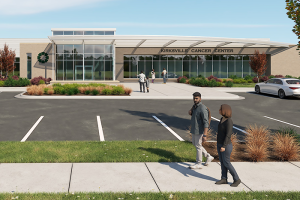The evolution continues
While the health care building boom during much of this century's first decade proved to be one of the most significant expansions of U.S. hospitals since the original Hill-Burton Act facilities started opening some 50 years earlier, questions always lingered about the transformative powers of these new structures.
Sure, they were a significant step up in aesthetics, technology and infrastructure over the facilities they replaced. In fact, they often were visually stunning. But many health facility professionals still wondered if they would pave the way for needed change in health care delivery. Or, as one industry leader put it to me, "Are we really creating something different or are we just building new 'old' hospitals?"
The answer likely depends on your perspective. Evolution often trumps revolution in an industry as conservative as health care. And, given the stakes that are involved in any major hospital project, that's probably for the better. In truth, though, the most recent generation of hospitals was rife with experimentation that often was overshadowed by the glitzier aspects of the facilities' public spaces.
From sustainable designs to new patient-safety approaches to various attempts at building in staff efficiencies to new concepts in flexing and consolidating spaces, many of these hospitals were nothing if not innovative. What's more, many leading design practitioners often shared the results of these undertakings with their peers.
As the most successful of these concepts are adapted into the Lean realities of post-boom hospital design and married up with quickly advancing construction practices and tools, it seems safe to say that the century's first generation of health care facilities often hit their innovation marks.
Where hospitals go from here is part of the continuing evolution.




